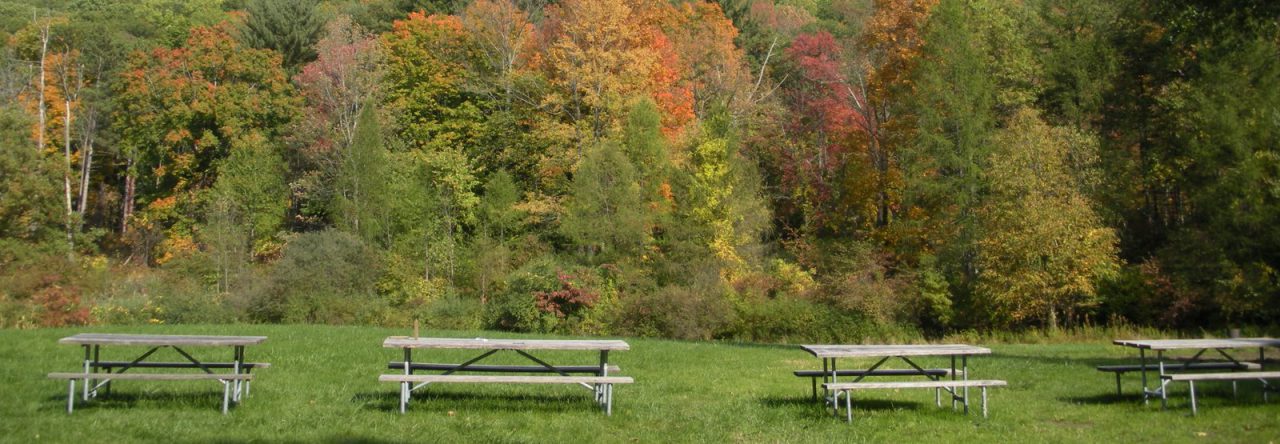Back in February, Will wrote about “constructing, safer, healthier, more comfortable physical environments for our children” and pointed out that doing so would have an economic benefit. He noted that the Economic Policy Institute has a project to promote this, known as FAST. As I will try to convince you in this post and in subsequent posts, we should be doing everything we can to advocate for FAST.
As I poked around a little bit since yesterday’s post (remember when we used to call it “web surfing?”), I discovered a veritable treasure trove of relevant papers on the topic of learning environments on OECD library‘s CELE Exchange, Centre for Learning Environments. I also found an interesting paper from 2001 on ERIC entitled Building Better Outcomes: The Impact of School Infrastructure on Student Outcomes and Behaviour by Kenn Fisher. Finally, my mom (thanks Mom!) also forwarded me a link to a roundup of studies on this topic from 2000-2009.
In Building Better Outcomes1, Fisher notes that research indicates that 1) “student academic achievement improves with improved building condition”; 2) “individual factors, such as lighting levels, air quality and temperature and acoustics, have an effect on student behaviour and outcomes, although there is limited quantitative evidence available on some of these factors”; and 3) “new and emerging trends in school building planning and design and their impact on student outcomes and behaviour have yet to be evaluated using rigorous research methodology.”
In other words, as of 2001, there was not a lot of evidence of specific impacts of certain environmental factors, but there were obvious trends and academic outcomes and behavior were clearly attached to building conditions. The paper goes deeper into details on factors such as structural and cosmetic factors, color use, the impact of school age (uh oh, think my students are outta luck on that one), and furniture, so go ahead and check it out to learn more.
However, in this review of studies between 2000-2009 published by the 21st Century School Fund, Research on the Impact of School Facilities on Students and Teachers: A Summary of Studies Published Since 20002, it is clear that studies point to a meaningful impact of physical school environments on teacher retention and on student outcomes, from attendance and drop-out rates to test scores.
In another paper from 2010 I found on the OECD Centre for Learning Environments collection by Katrien Cuyvers, Well-Being at School: Does Infrastructure Matter?3, they analyzed data on Flemish schools looking for the impact of the physical learning environment on non-cognitive outcomes. In answer to the question of whether differences in student well-being can be attributed to the quality of school infrastructure, it appears clear that there is a connection. There also did not appear to be any significant difference in scores of well-being in rural and urban schools. They noted that “a school with poor quality infrastructure will affect well-being in the same way, whether it be rural or urban.”
It seems clear from the research that has been done that there is a strong link between school infrastructure and student outcomes. So why are we not talking about this in education reform more? Seems to me like this should be front and center — especially when this is a great opportunity to boost our struggling economy.
1. [Fisher, K. (2001), “Building Better Outcomes: The Impact of School Infrastructure on Student Outcomes and Behaviour. Schooling Issues Digest.]↩
2. [21st Century School Fund. (2009), “Research on the Impact of School Facilities on Students and Teachers: A Summary of Studies Published Since 2000” http://http://www.21csf.org/csf-home/Documents/ResearchImpactSchoolFacilitiesFeb2010.pdf%5D↩
3. [Cuyvers, K. et al. (2011), “Well-Being at School: Does Infrastructure Matter?”, CELE Exchange, Centre for Effective Learning Environments, 2011/10, OECD Publishing. http://dx.doi.org/10.1787/5kg0lkzc81vc-en%5D↩


Have you gentlemen been introduced yet to the crowd at dumpduncan.org?
Check out the Facebook group there.
LikeLike
Pingback: Design for Safety - VIVA Teachers
Pingback: An Ecosystems Approach to Federal Legislation – Schools & Ecosystems